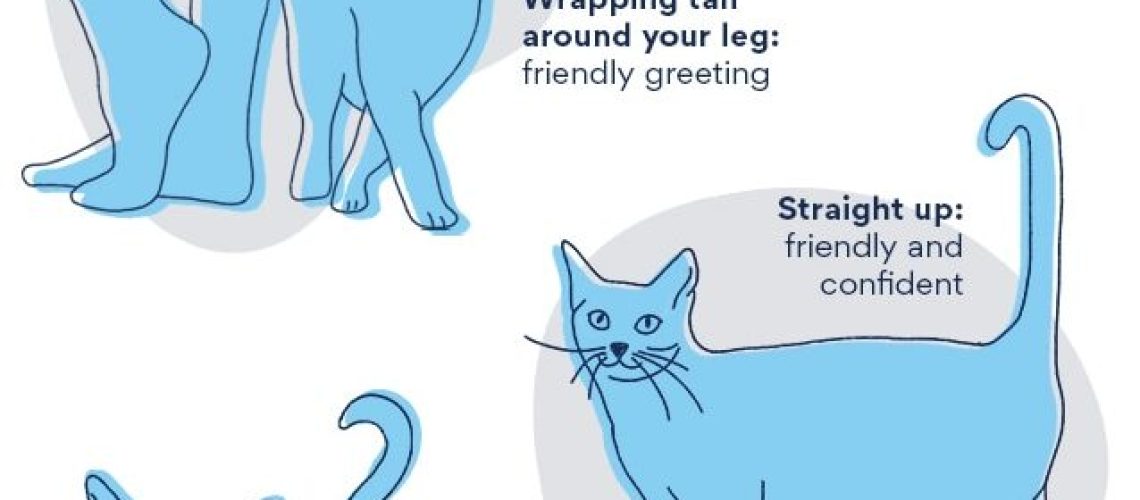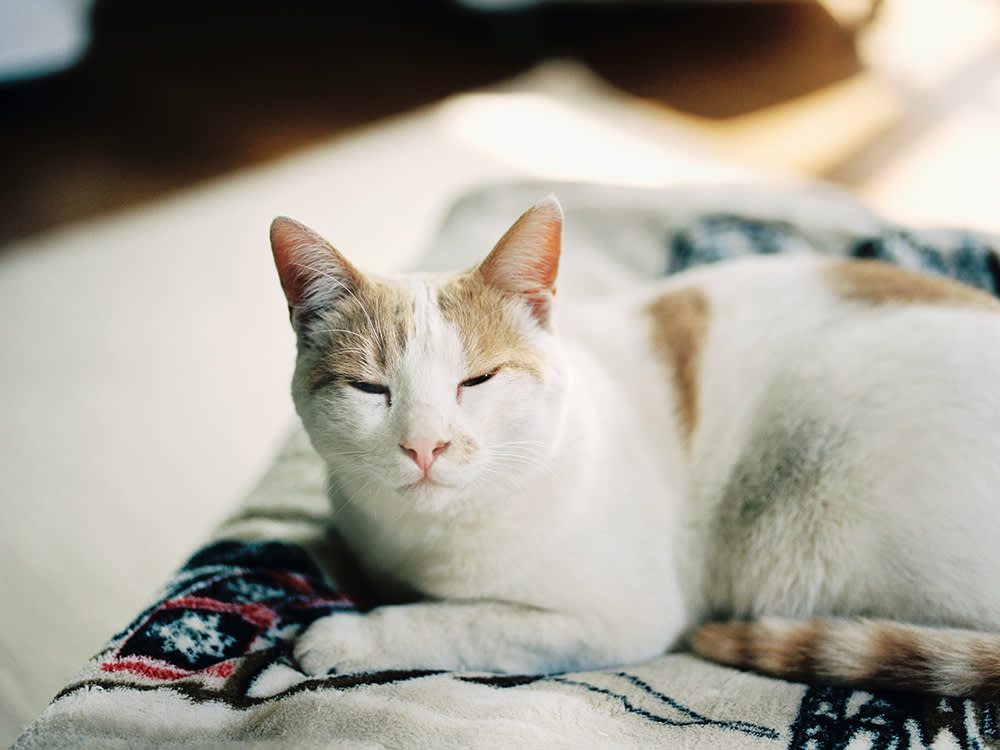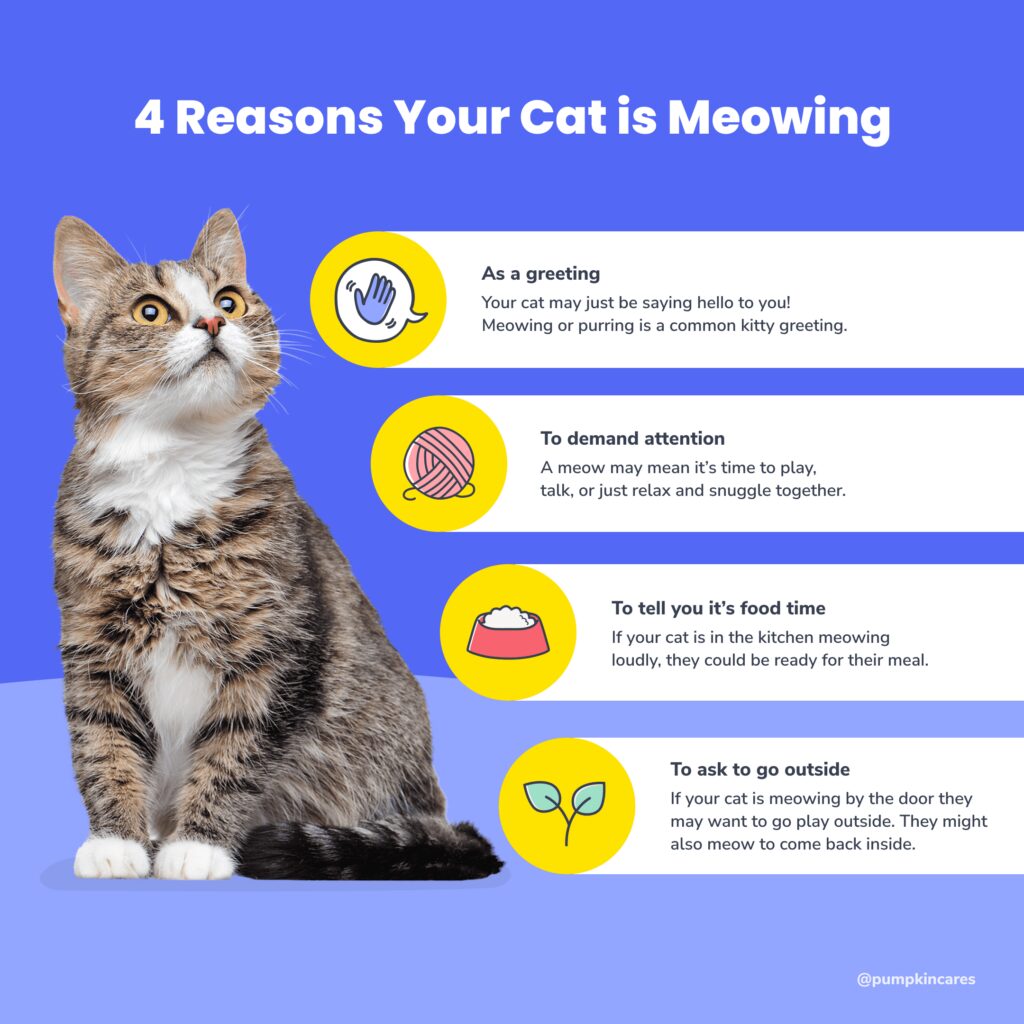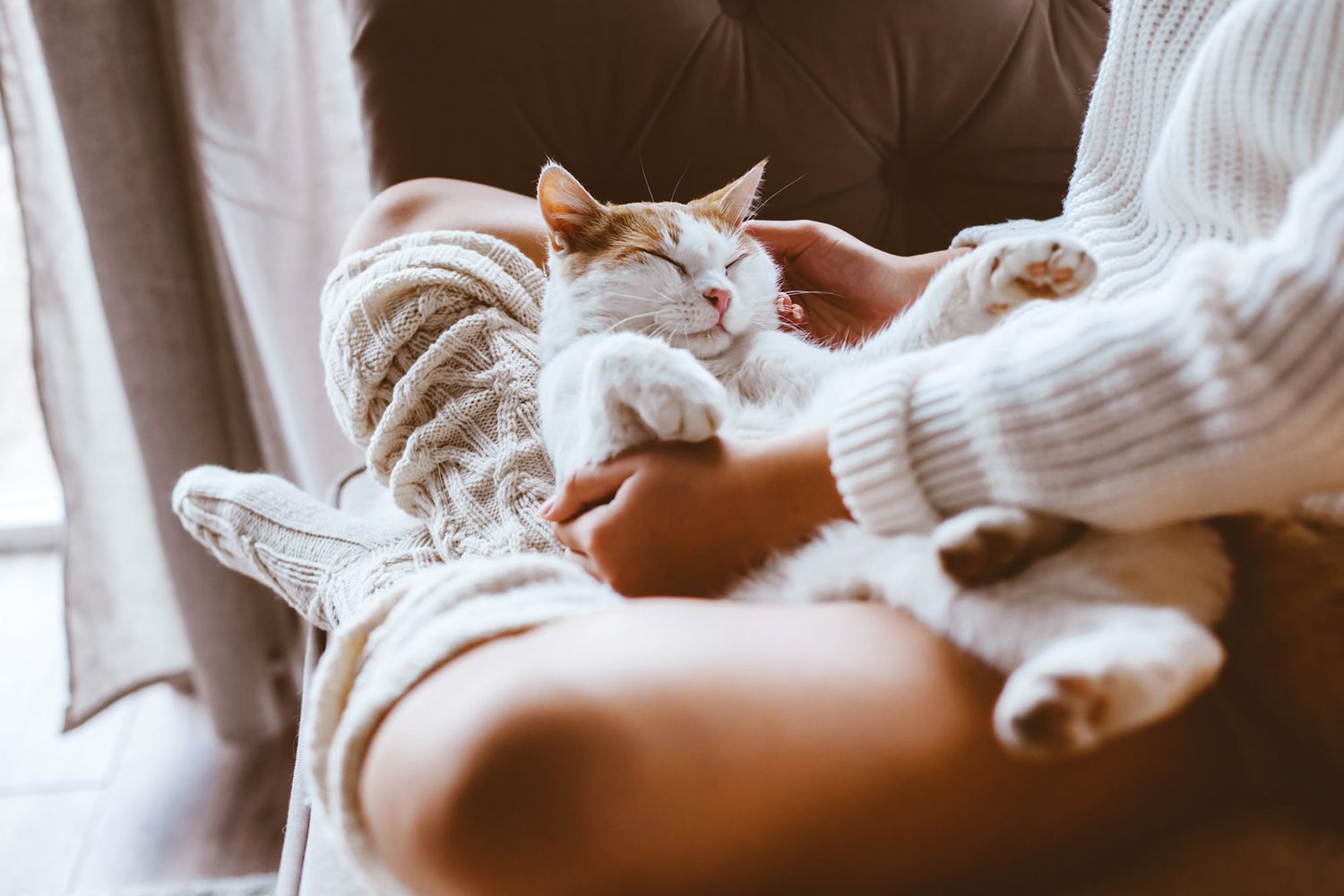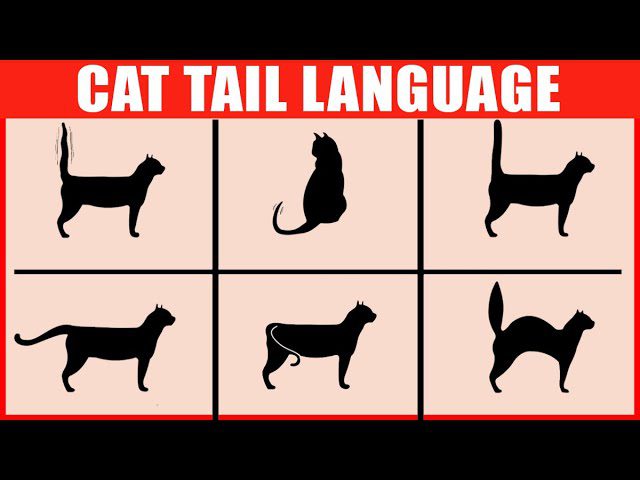Have you ever wondered what your cat is trying to tell you? Cats are mysterious creatures, and understanding their body language can sometimes feel like deciphering a secret code. But fear not! By unlocking the secrets of your cat's tail movements, you can gain valuable insights into their thoughts and emotions. In fact, studies show that 90% of a cat's communication is through body language, with the tail being a key indicator.
So if you've ever wanted to truly understand your feline friend, get ready to dive into the fascinating world of "Tail Talk: Decoding Your Cat's Tail Movements." Get ready to uncover the hidden messages behind every flick and twitch, and strengthen the bond with your furry companion like never before.
Key Takeaways:
- Cats use their tails as a form of communication to express their emotions and intentions.
- A relaxed and loosely swaying tail typically indicates a content and comfortable cat.
- A rapidly twitching or thrashing tail can be a sign of agitation, fear, or aggression.
- A puffed-up tail is often a defensive posture, suggesting that the cat feels threatened or scared.
- Observing your cat's tail movements can help you better understand their mood and respond accordingly to ensure their well-being.
What is Tail Talk and why is it important for understanding cats?
Cats are known for their mysterious and independent nature, but did you know that they communicate with us through their tails? It's called "Tail Talk." When a cat moves its tail in certain ways, it is trying to tell us something. Understanding Tail Talk is important because it helps us understand how our feline friends are feeling and what they might need from us.
For example, a cat may flick its tail rapidly when it is excited or agitated. On the other hand, a slow wagging tail often indicates contentment. By paying attention to these subtle cues, we can better respond to our cats' needs and provide them with the care and attention they require.
Key Points:
- Tail Talk refers to the different movements of a cat's tail that convey messages.
- Understanding Tail Talk helps us understand our cats' emotions and needs.
- Tail movements can indicate excitement, contentment, agitation, or other emotions.
Diagram:
How to tell if a cat is happy or content based on its tail movements
A happy cat often expresses its joy through specific tail movements. If your cat's tail is held high in the air with a gentle curve at the top, it usually means they are feeling content and relaxed. Additionally, if the tip of their tail twitches softly while being held upright, it indicates their happiness.
An interesting behavior to note is when your cat approaches you with its tail straight up and slightly curved at the tip. This is a sign of trust and affection. It's their way of saying, "I feel safe with you."
Key Points:
- A happy cat holds its tail high with a gentle curve at the top.
- If the tip of the tail twitches softly while held upright, it indicates contentment.
- A straight tail with a slight curve at the tip when approaching indicates trust and affection.
Diagram:
Common tail movements that indicate a scared or threatened cat
Cats can be easily frightened or feel threatened in certain situations. When they are scared, their tails often show specific movements that signal their fear. One common behavior is when a cat tucks its tail tightly between its hind legs. This is a clear indication that they are feeling anxious or afraid.
Another sign of fear is when a cat's tail puffs up, resembling a bottle brush. This fluffed-up tail makes the cat appear larger to intimidate potential threats. Additionally, if you notice your cat rapidly swishing its tail back and forth, it usually means they are agitated or trying to warn others to stay away.
Key Points:
- A scared or threatened cat tucks its tail tightly between its hind legs.
- A puffed-up tail indicates fear and an attempt to appear larger.
- Rapidly swishing tail warns others to stay away.
Diagram:
Can a cat's tail position give clues about its excitement or playfulness?
A cat's tail position can indeed provide clues about its level of excitement or playfulness. When a cat is excited or ready to play, it often holds its tail straight up in the air with a slight curve at the end. This posture shows that they are engaged and eager for interaction.
In some cases, you may notice your cat's tail vibrating or quivering while held upright. This behavior indicates high excitement and anticipation, often seen when they are about to pounce on a toy or engage in playful activities.
Key Points:
- An excited or playful cat holds its tail straight up with a slight curve at the end.
- Vibrating or quivering of the tail while upright indicates high excitement and anticipation.
Diagram:
Tail behaviors suggesting a cat wants to be left alone or is feeling irritated
Cats, just like humans, have moments when they prefer solitude and want to be left alone. In such situations, their tails often display specific behaviors indicating their desire for privacy. If you notice your cat's tail flicking rapidly from side to side, it is a clear sign that they are feeling irritated or annoyed.
Another behavior to look out for is when a cat's tail is held low and swishing forcefully. This movement signifies their need for space and should be respected. It's important not to disturb them during these times as it may lead to further irritation or stress.
Key Points:
- A flicking tail indicates irritation or annoyance.
- A low-held tail swishing forcefully signals the need for space and privacy.
Diagram:
How understanding Tail Talk helps us communicate with cats and avoid misunderstandings
Understanding Tail Talk is like learning a secret language that allows us to communicate with our feline companions more effectively. By paying attention to their tail movements, we can gauge their emotions, needs, and desires. This knowledge helps us provide appropriate care, whether it's offering comfort when they're scared or engaging in play when they're excited.
Without understanding Tail Talk, miscommunication can occur between humans and cats. We may misinterpret their behaviors or fail to recognize when they are seeking attention or expressing discomfort. By becoming fluent in this silent form of communication, we can strengthen our bond with our cats and ensure they feel understood and loved.
Key Points:
- Tail Talk allows us to understand our cats' emotions, needs, and desires.
- Misunderstandings can occur without knowledge of Tail Talk, leading to miscommunication.
- Fluency in Tail Talk strengthens the bond between humans and cats.
Diagram:
Other body language cues to pay attention to while interpreting a cat's tail movements
The tail is just one part of a cat's body language. To fully understand what a cat is trying to communicate, it's important to consider other cues as well. For example, the position of their ears, the dilation of their pupils, and the arching or flattening of their backs can all provide valuable insights into their mood.
If a cat's ears are flattened against its head and its back is arched, it usually means they are feeling defensive or aggressive. Conversely, if their ears are relaxed and facing forward with a relaxed body posture, it indicates they are at ease.
By observing these additional body language cues alongside tail movements, we can gain a more complete understanding of our cats' thoughts and feelings.
Key Points:
- Other body language cues include ear position, pupil dilation, and back posture.
- Flattened ears and arched back indicate defensiveness or aggression.
- Relaxed ears facing forward with relaxed body posture indicate ease.
Diagram:
In conclusion, understanding our cats' tail movements can help us better communicate with them. By paying attention to their tails, we can decode their emotions and needs, strengthening the bond between us and our feline friends.
How do you read a cat's tail movements?
When cats are hunting or playing, as well as when they are slightly irritated or frustrated, they often twitch the end of their tails. If you observe this behavior and they are not engaged in play or stalking, it is likely that their twitching tail signifies annoyance.
What do cat tail gestures mean?
When a cat raises its tail high while moving around its territory, it is showing that it is confident and content. A tail that is straight up indicates happiness and a willingness to be friendly. Pay attention to the tip of the tail, as a small twitch can indicate a moment of great happiness.
What does it mean when my cat moves her tail when I talk to her?
Cats wag their tails for the same reason dogs do: they enjoy the attention from you and can become quite excited. Cats primarily communicate through body language, and their tails play a significant role in that. Tails can convey a range of emotions and expressions.
How do you translate a cat's tail?
Erect Tail: When a cat's tail is standing straight up, it can serve as a way of greeting, inviting someone to pet them, or asking for food. Tail Flick: If a seated cat flicks its tail, it usually indicates that they are annoyed or irritated. Wagging Tail: Tail wagging in cats can have various meanings. Small flicks of the tail may indicate uncertainty or indecision.
What does a quivering cat tail mean?
If your cat's tail is shaking, it could indicate that she is excited to see you or whoever she is interacting with. If her tail is straight with a curve at the end, it usually means that she is unsure of her feelings. You can think of the curved end of her tail as a question mark.
How do you tell if a cat likes you?
There are multiple indications that a cat has affection for you, such as purring, trailing behind you, grooming, snuggling, and exposing their bellies. By closely observing your cat's body language and actions, you can gauge their emotions in various situations, helping you determine if they genuinely love you.



